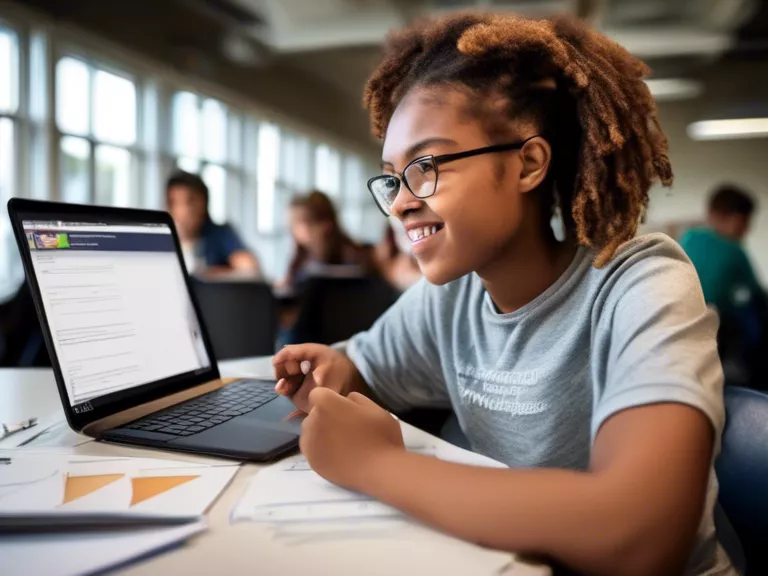
Digital portfolios are revolutionizing student assessment and job readiness. In this article, we explore the impact of digital portfolios on both areas, highlighting their benefits and how they are changing the landscape of education and employment.
Digital portfolios offer a dynamic way for students to showcase their skills, knowledge, and achievements in a multimedia format. Traditional assessments often fall short in capturing the full range of a student's abilities, while digital portfolios provide a more comprehensive view of a student's capabilities. By including work samples, reflections, videos, and interactive elements, students can present a richer picture of their learning journey.
In terms of student assessment, digital portfolios allow for more authentic and personalized evaluations. Teachers can assess not just the final product, but also the process of learning, critical thinking skills, creativity, and collaboration. This holistic approach to assessment provides a more accurate understanding of a student's strengths and areas for growth.
Furthermore, the use of digital portfolios helps bridge the gap between education and the workforce. Employers are increasingly looking for candidates with not just academic qualifications, but also real-world skills and experiences. Digital portfolios enable students to document their projects, internships, volunteer work, and other experiences that demonstrate their readiness for the job market.
In conclusion, digital portfolios have a profound impact on student assessment and job readiness. They offer a more comprehensive and authentic way to evaluate students' skills and knowledge, while also preparing them for success in the workforce. As the use of digital portfolios continues to grow, educators and students alike stand to benefit from this innovative approach to assessment and showcasing one's talents.



